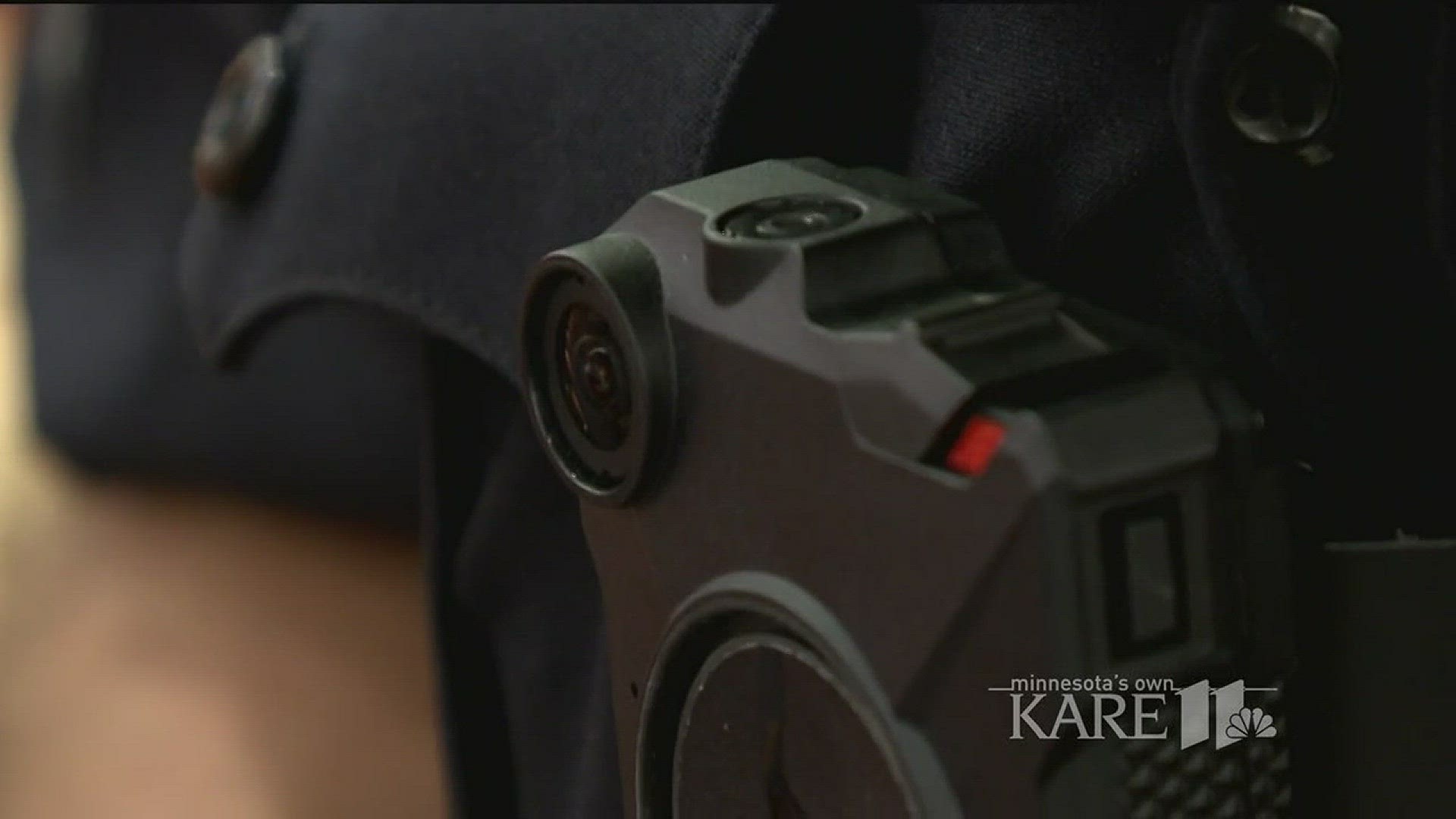MINNEAPOLIS - The Minnesota Bureau of Criminal Apprehension has confirmed both Minneapolis police officers who responded to Saturday night's deadly officer-involved shooting of Justine Damond were wearing body cameras.
However, state officials say neither camera was recording when the shooting took place.
"You have them on when you go to calls and they weren't on? There is no acceptable reason for that," concerned neighbor and activist Bethany Bradley says.
Minneapolis Mayor Betsy Hodges also questioned the body cameras being off when she appeared on the Today Show Tuesday morning.
"I have that same question. Why was that body camera not turned on?" Hodges asked.
Investigators are still looking to answer that question, but law enforcement expert Michael Quinn says at first glance, those cameras should have been rolling.
"For your average situation, if you're going to a call, those should be on," Quinn explains.
Quinn is one of the nation's foremost experts on training and police policies. After serving 30 years in the industry, 24 of them with the Minneapolis Police Department, he moved into a career of training and consulting.
In 2015, he helped the New Orleans Police Department create a set of policies for body worn cameras.
He says the policies in New Orleans are much more extensive than that of the Minneapolis Police Department. In New Orleans an officer is required to have the camera rolling during every call for service.
"You get there and it goes critical instantly, that's not a time to be thinking about turning on your body camera," Quinn says.
The Minneapolis Police Department policy, obtained by KARE 11, is 11-pages long and only requires officers to turn on their cameras while responding to 14 types of calls.
The types of calls include traffic stops, suspicious vehicle stops, as well as any contact involving criminal activity, a physical confrontation or verbal confrontation.
Justine Damond's family says she called 911 to report a possible sexual assault.
"For a call like that, those cameras should be on," Quinn says.
Several police sources tell KARE 11 the shooting happened while the two officers were sitting in their squad car.
Quinn argues an officer going into that situation should have turned the camera on blocks or even miles before getting to the scene, even before they get out of the car.
"You got two young officers, neither one of them have a lot of experience, but even so, if they've gone through the training, it should have been something gone on automatically," Quinn says. "The camera should be rolling."
Several law enforcement groups, including the Police Executive Research Forum and the International Association of Chiefs of Police, have created their own recommendations for creating body camera policies.
However, Quinn says there is no overarching requirement that departments must follow. He says nearly every agency that uses body cameras has its own unique policy.
When compared to the rest of the nation Quinn says the policies of the Minneapolis Police Department are fairly typical, but are nowhere near as extensive as some agencies like the New Orleans Police Department.
Besides body cameras, some activists and neighbors in South Minneapolis question why there is no squad car video of the shooting.
Quinn says most dash cameras are connected to the squad's emergency lighting system and only turn on when they're activated.
He says most officers going into an assault call would keep the lights off.
"If you turn the lights and siren on to a call like that, do you stop the assault in progress? Probably. Do you catch the people involved in it? Probably not. They're much more likely to get away," Quinn says.
The Minneapolis Police Department's body camera policy went into effect on June 29, 2016.

